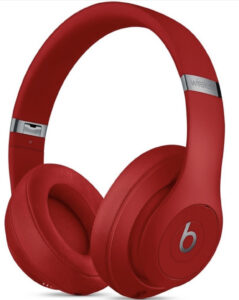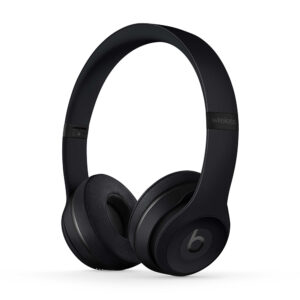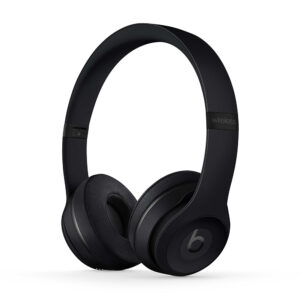1. What is Krukowski’s main point about how we experience time in the “real” world versus are experiences with “digital” time? Why are these differences significant?
real-time is lived time, it is a time we experienced in the real world or it is something we record but we can’t go back to undo it. digital time is the opposite of real-time because its something we can record and come back and undo it as we like and we can fix a part of it so we don’t have to repeat it all again, and we can make speed it or slow it to serve our purpose.
What does Krukowski mean when he says that listening has a lot to do with how we navigate space?
the sounds that we hear every day is the reflection of our environment. these sounds are our space, the thing that makes us understand where we are, and where are we going.
3. In the interview at the beginning of the episode, Jeremiah Moss argues that developers in Astor Place are “privatizing public space in a very stealth way.” What does he mean by this? What does Moss say about the distinction between public and private space, and why is it important?
Astor place has changed to become a pedestrian plaza so it allowed anyone to walk and be there but there are rules to control our space there are so many signs tell you, that you can’t do this and that. so with all of these investments, they want to control our space in Astir place because investors made it privet by forcing these roles in a public place. it is like they say oh no that is a public area for everybody but they have to follow this and that.
4. What is the significance of Emily Thompson’s idea that the development of concert halls arose from desires to “control interior spaces”? How is this desire, according to Krukowski, related to earbuds and headphones?
Concert Halls:
it is important to know the development of concert halls is abut observing all the sound that around to just keep the main sound and what people pay to come and hear so it cut the sounds of the audience and keep the band sounds clear and loud so people won’t be able to hear anything else to distract them. earbuds and headphones keep the sounds inside your head and the sound bounce between your ears and isolated you from the outside space and it is the way to run from ears contact.
5. In your own opinion, what are the key ideas from this episode about the relationship between sound and space? What strikes you as interesting about the ways that sound influences our experience of space.
sounds are controlling out space, it is the way we know what is happening around us and what is going on. so if we having our headphones and we just listen to music we won’t be able to understand anything we see because we are avoiding ears contact. New Yorkers are avoiding the city noises by wearing earbuds and headphones and listing to music or anything that can make them get away from real life. sounds create our space and these sounds are our daily life.






